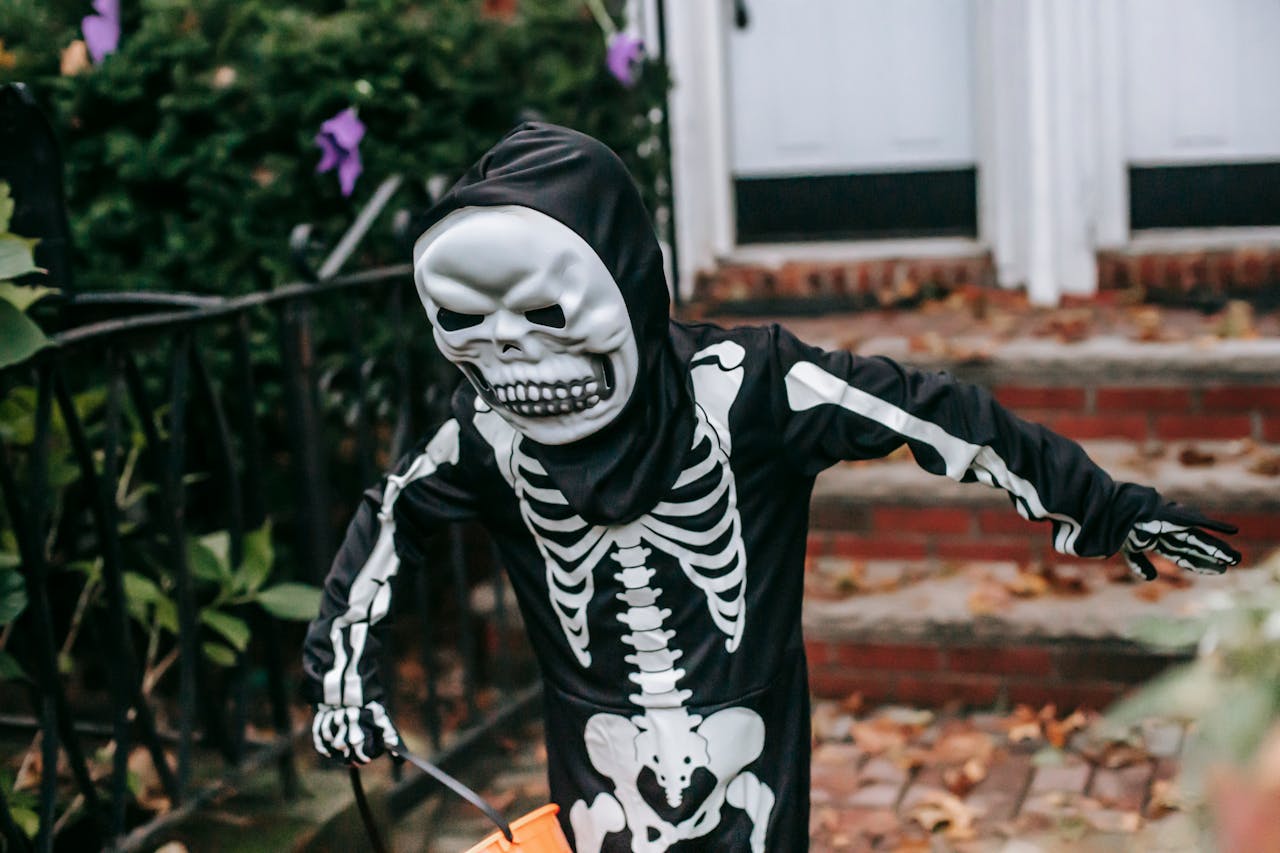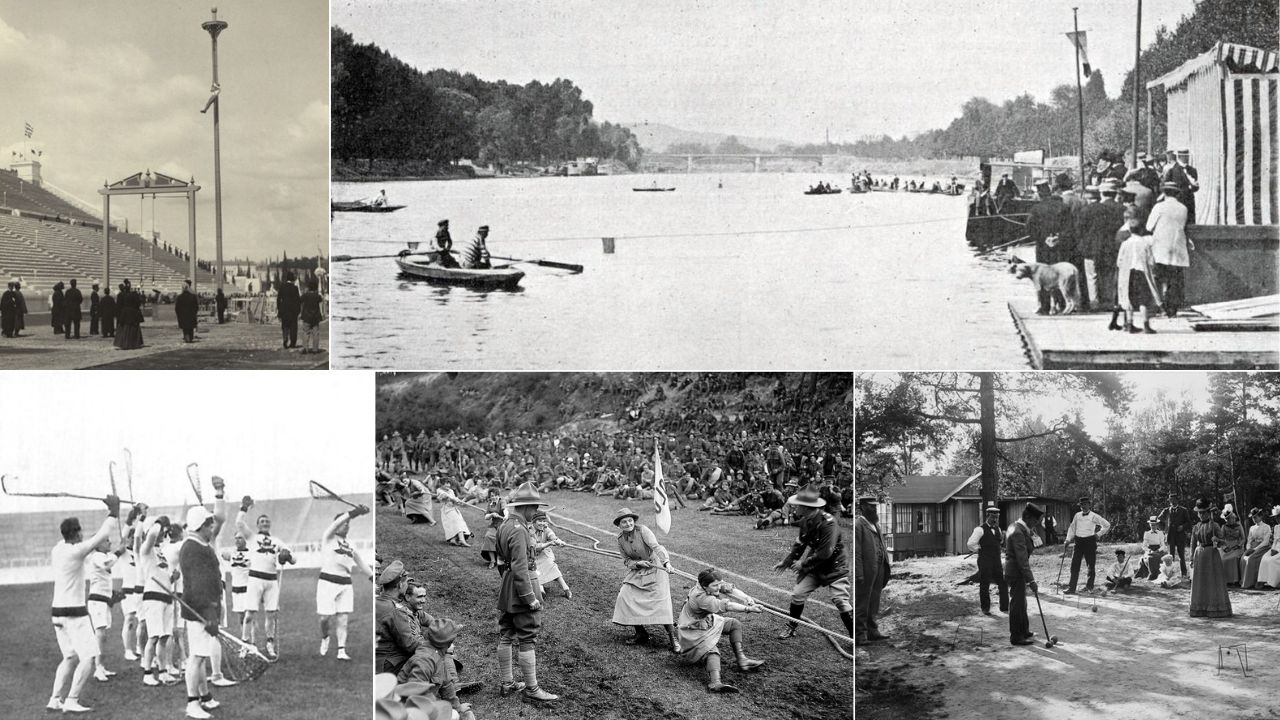By the late 19th century, Halloween tilted from playful to risky. Mischief nights stretched past midnight, and pranks jumped from soaped windows to sabotage that rattled rail yards and trolley lines. Police logs filled, storefronts paid for cleanup, and insurance agents warned of rising claims. Some towns talked about bans. The save came from teachers, clergy, and park boards who swapped chaos for chaperoned fun, building parades, socials, and treat tables that kept the night alive.
Dummies On The Tracks
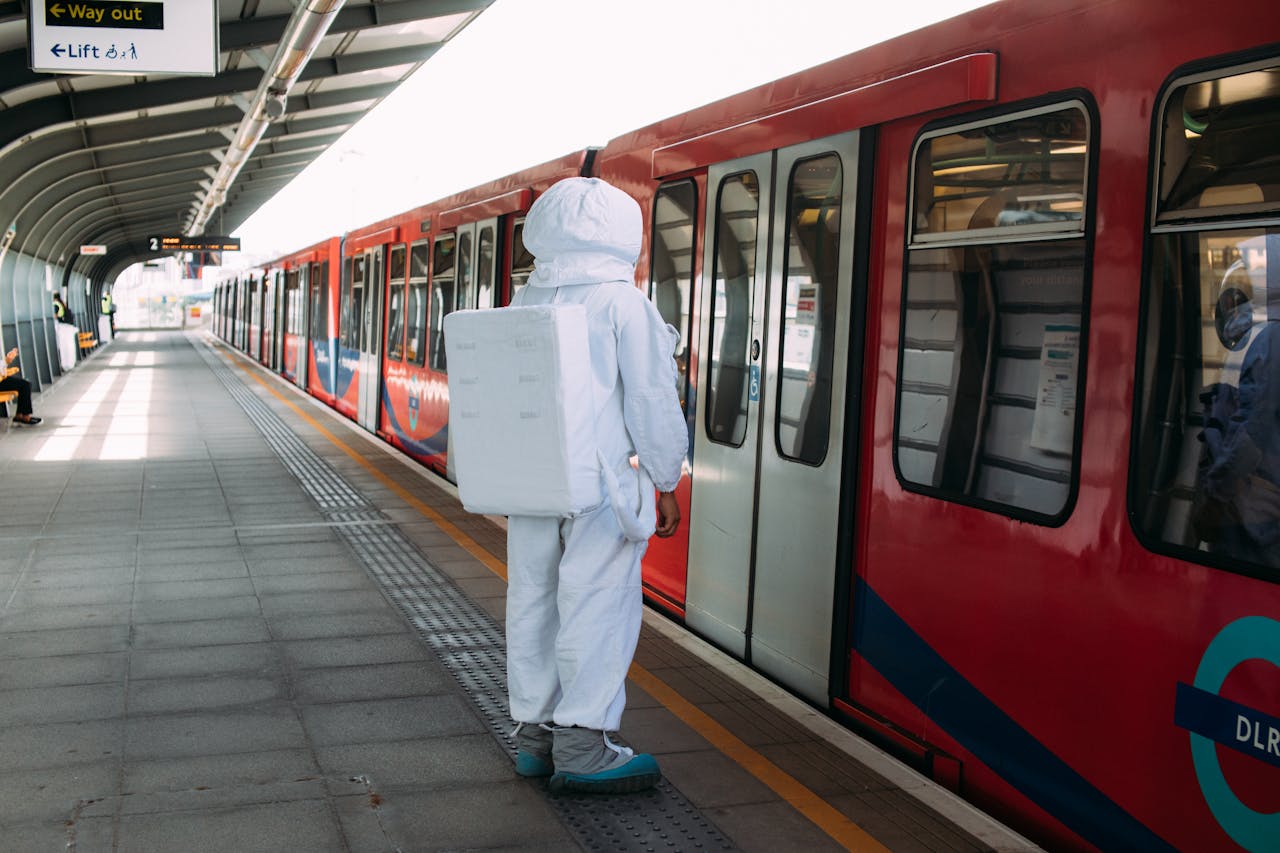
Stuffed clothes laid across rails looked like a body from the cab, and that was the point. Engineers threw brakes, cars slammed, and a long freight could snake unpredictably. The prank risked derailments and injuries for a few screams in the dark. Papers scolded, sheriffs patrolled, and railmen swapped stories of near misses. When civic groups argued for supervised parties, they held up this stunt as proof that mischief had crossed into danger.
Waxing The Streetcar Rails
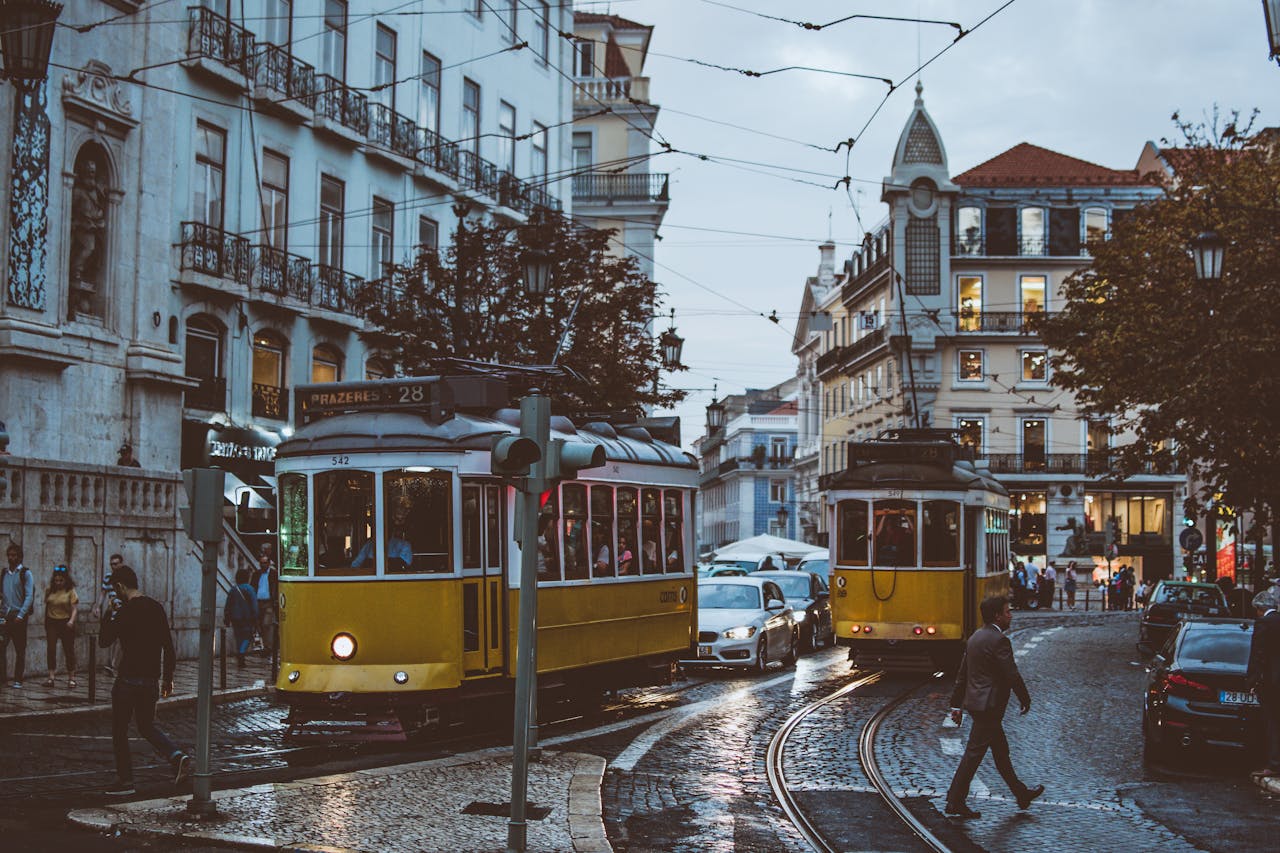
A bar of wax along shiny rails turned reliable routes into skates. On grades, wheels spun and cars slid just enough to clip fenders or rattle passengers. Conductors lost time and tempers. Transit managers pushed councils for curfews and patrols, then rushed out sand crews to rescue traction. Neighborhood leaders answered with lantern walks and auditorium dances, selling a cleaner thrill. The lesson stuck. Rails moved a city. They were not props for a midnight laugh.
Gate Night And Vanished Fences

In farm towns and fresh suburbs, prank teams lifted gates, unlatched pens, and stacked fence panels in the middle of Main Street. Dawn brought loose stock, damaged gardens, and milk deliveries stalled behind wooden barricades. Merchants counted losses while families hunted strays. What read as harmless on a chalkboard turned costly in daylight. Chaperoned socials with apple bobbing and costume prizes suddenly felt like policy, giving restless teens a stage and leaving fences where they belonged.
Tipping Outhouses And Sheds
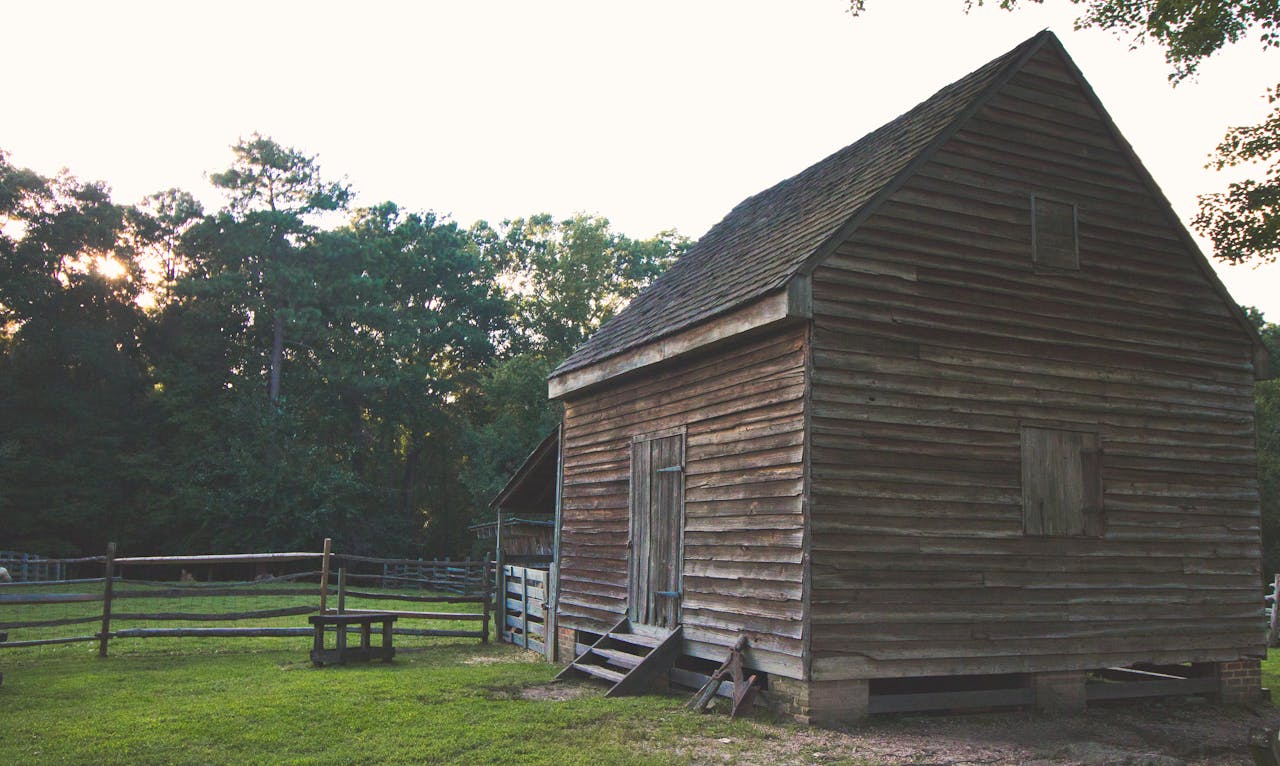
Outhouses were light, lonely, and easy to insult. A quick shove and a family faced a foul mess and a bill the same morning. Wells could be compromised, and once in a while someone was inside. Constables wrote tickets and editors pleaded for decency, but the real fix was a better offer. Town halls leaned into bonfires with watch lines, fiddles, and pies. Laughter moved to the commons, and doors stayed upright by morning.
Soaped Glass And Greased Knobs

A night of soap turned storefronts into frosted billboards. Lard or jelly on door handles smeared hands from dawn to lunch. Owners lost hours to cleanup and glared at fresh spirals on display windows. It was petty, sticky, and relentless. Schools proposed a trade that worked. Student clubs would scrub in the morning in exchange for entry to the dance that night. Mischief gave way to shine. Shopkeepers became partners rather than marks.
Invisible Wires Across Alleys
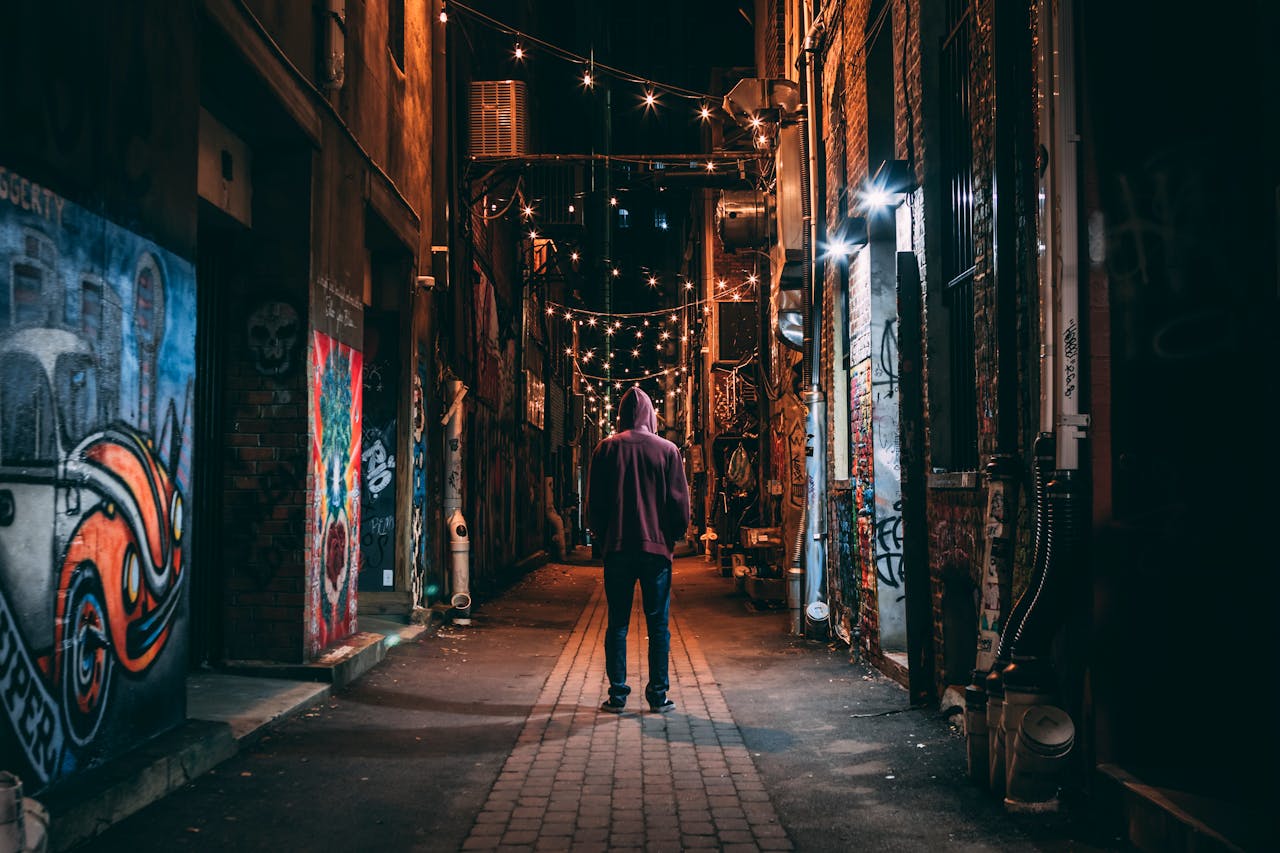
A length of wire at handlebar height across a dim lane was a hidden ambush. Cyclists went down hard, runners sprawled, and a chipped tooth could follow a bragging laugh. Police logs told the pattern clearly. Speed, darkness, and a line no one could see. After a few bad falls, councils pushed lantern parades with set routes and marshals. The thrill stayed, but the traps went. A street could hold celebration or harm. It could not hold both.
Firecrackers In Mailboxes
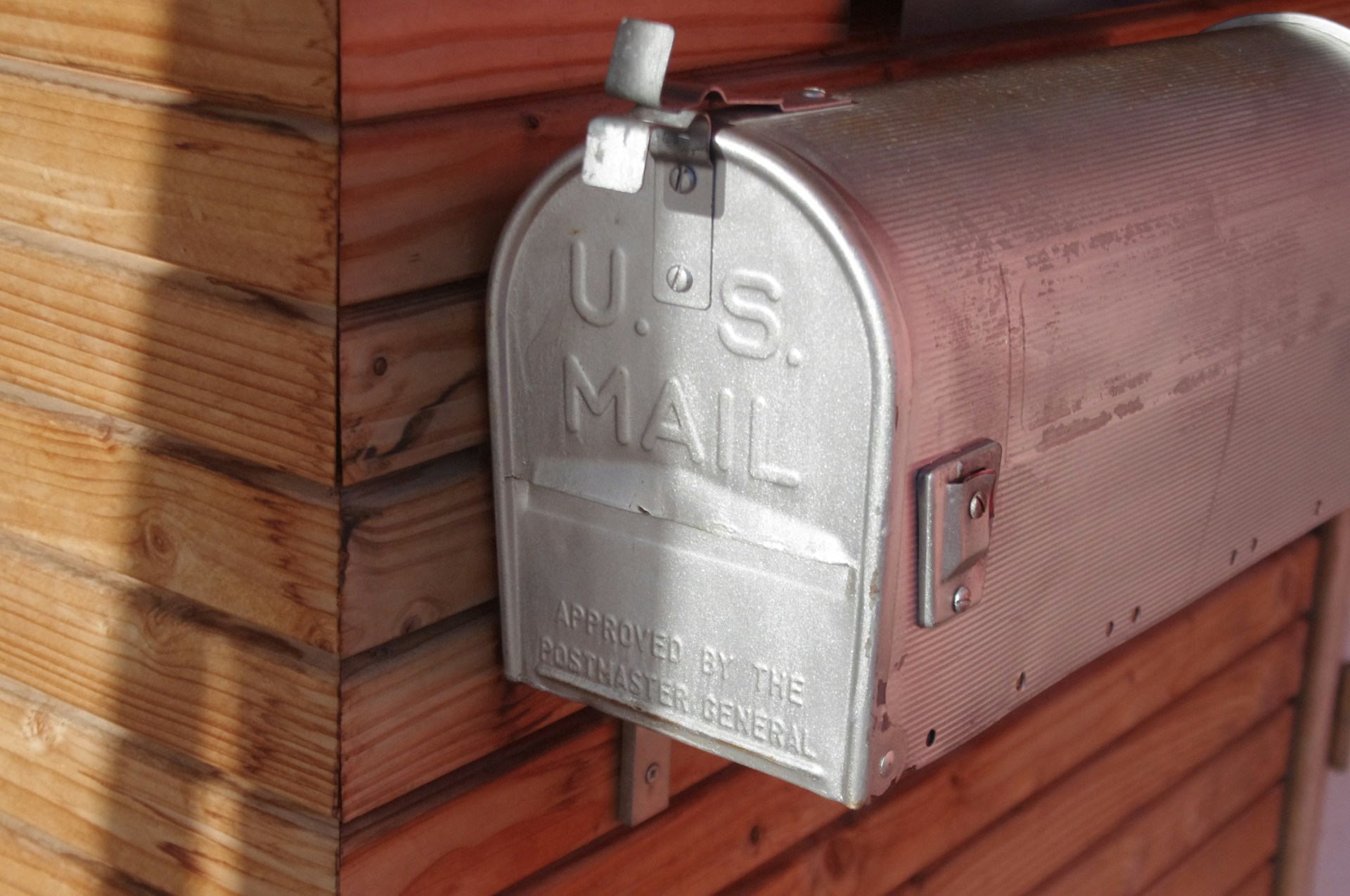
A pop from a tin box sounded like theater until bent doors, singed letters, and rattled nerves made it real. Carriers filed damage reports. Veterans flinched at sudden bangs. Federal rules reminded everyone that mailboxes were protected property with serious penalties for tampering. Neighborhood committees countered with planned noise. Drumlines, brass bands, and supervised fireworks gave sound a proper stage. People still jumped and laughed, but the target shifted from private property to public joy.
Unhitched Wagons And Rolling Cars
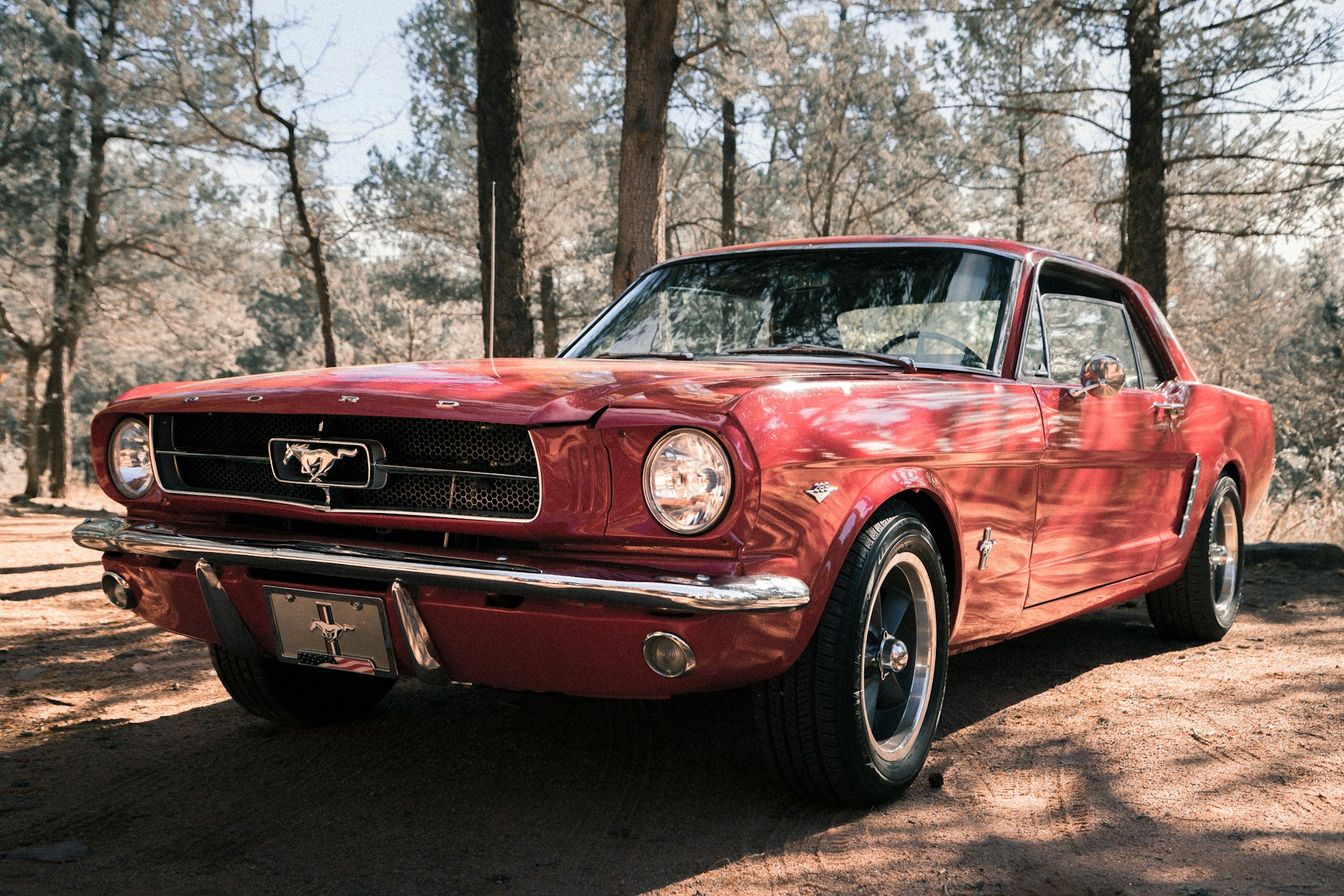
Some crews learned to pull pins or release brake levers, letting wagons and parked cars drift. A slow roll might end in a chuckle. A fast one ended in a storefront. Blacksmiths and mechanics took the bill while insurers noticed the date. Organizers met motion with choreography. Decorated floats, tractor parades, and carnival rides turned drift into route maps and risk into spectacle. Wheels kept turning. The town stopped holding its breath.
Bonfires That Jumped The Line
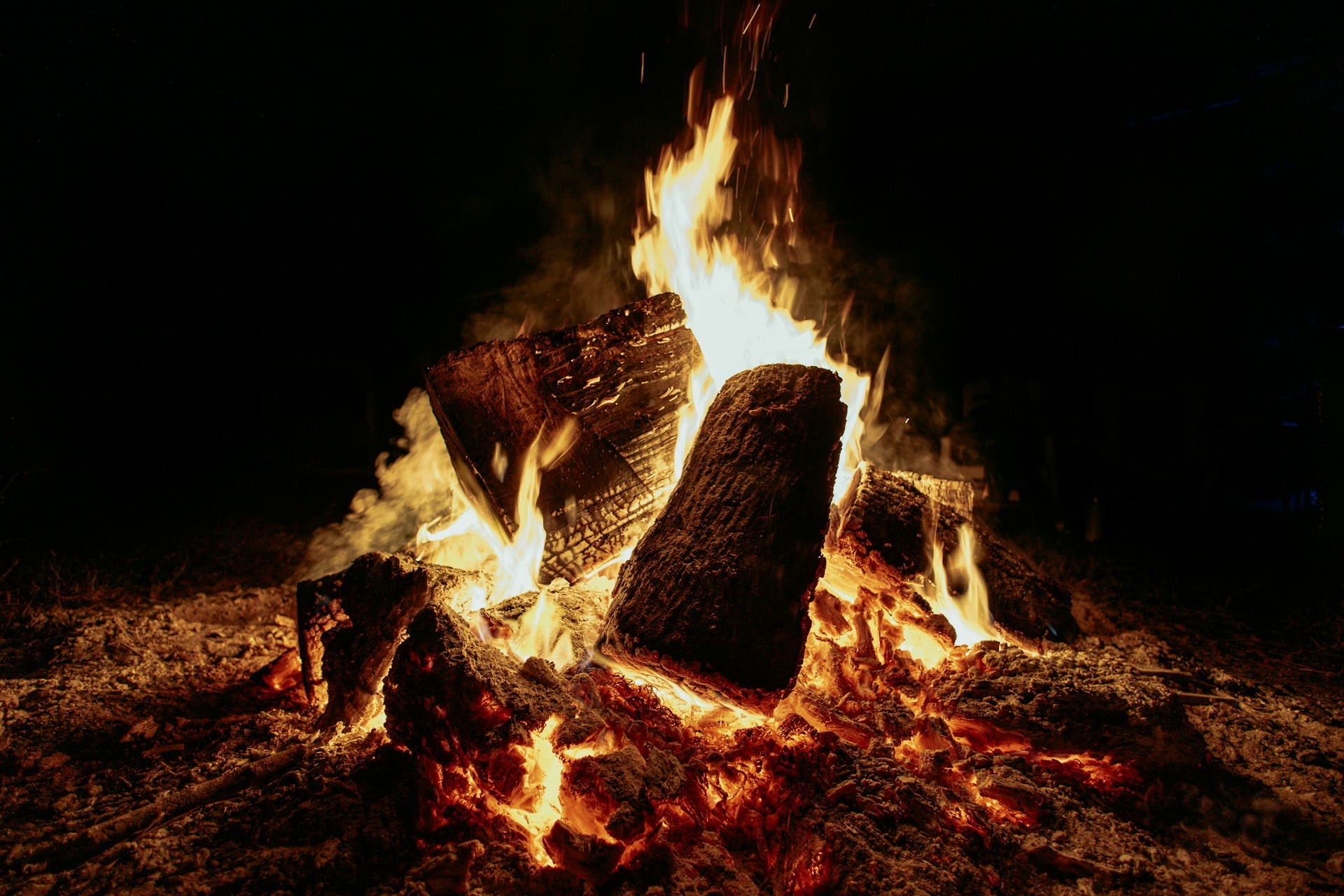
A good blaze gathers a crowd, but sparks do not honor borders. Piles grew beyond what a watch crew could manage, and a gust could send a roof into trouble. Volunteers asked for permits, barrels, and marked perimeters. Some councils tried to cancel fires altogether. The compromise worked. Structured burns with water on hand, ropes set, and eyes on the wind kept the heat where it belonged. Flames still danced. Houses did not.
False Alarms And Phantom Calls
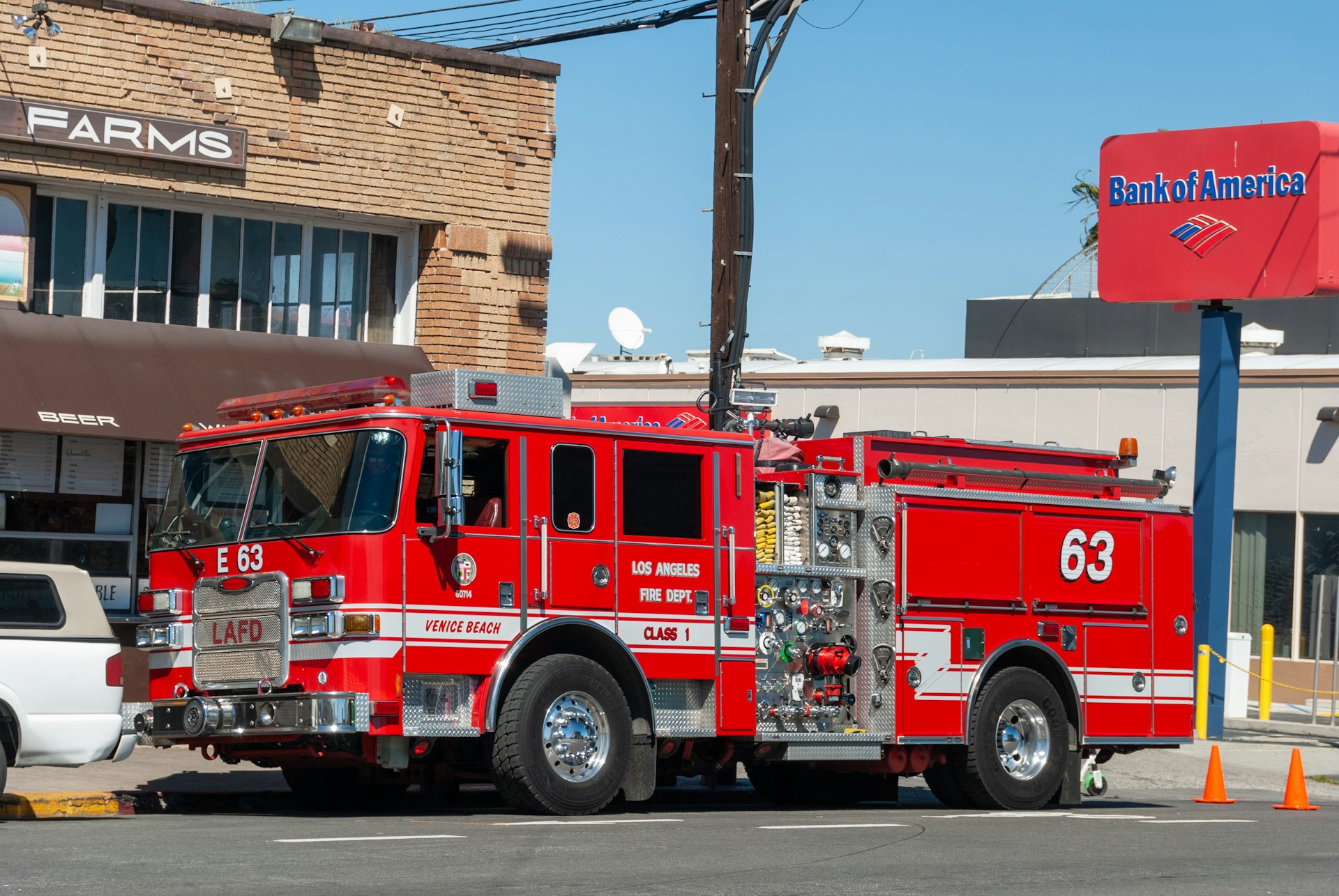
The worst trick drained real resources. Alarm boxes were pulled or prank calls sent engines roaring to empty corners while another block stood unprotected. Crews bristled, judges raised fines, and neighbors frowned at the waste. Youth clubs built Halloween service squads that directed crossings, collected food pantry donations, and guided families between events. Sirens returned to meaning. Mischief found a better use for busy hands and loud voices.
